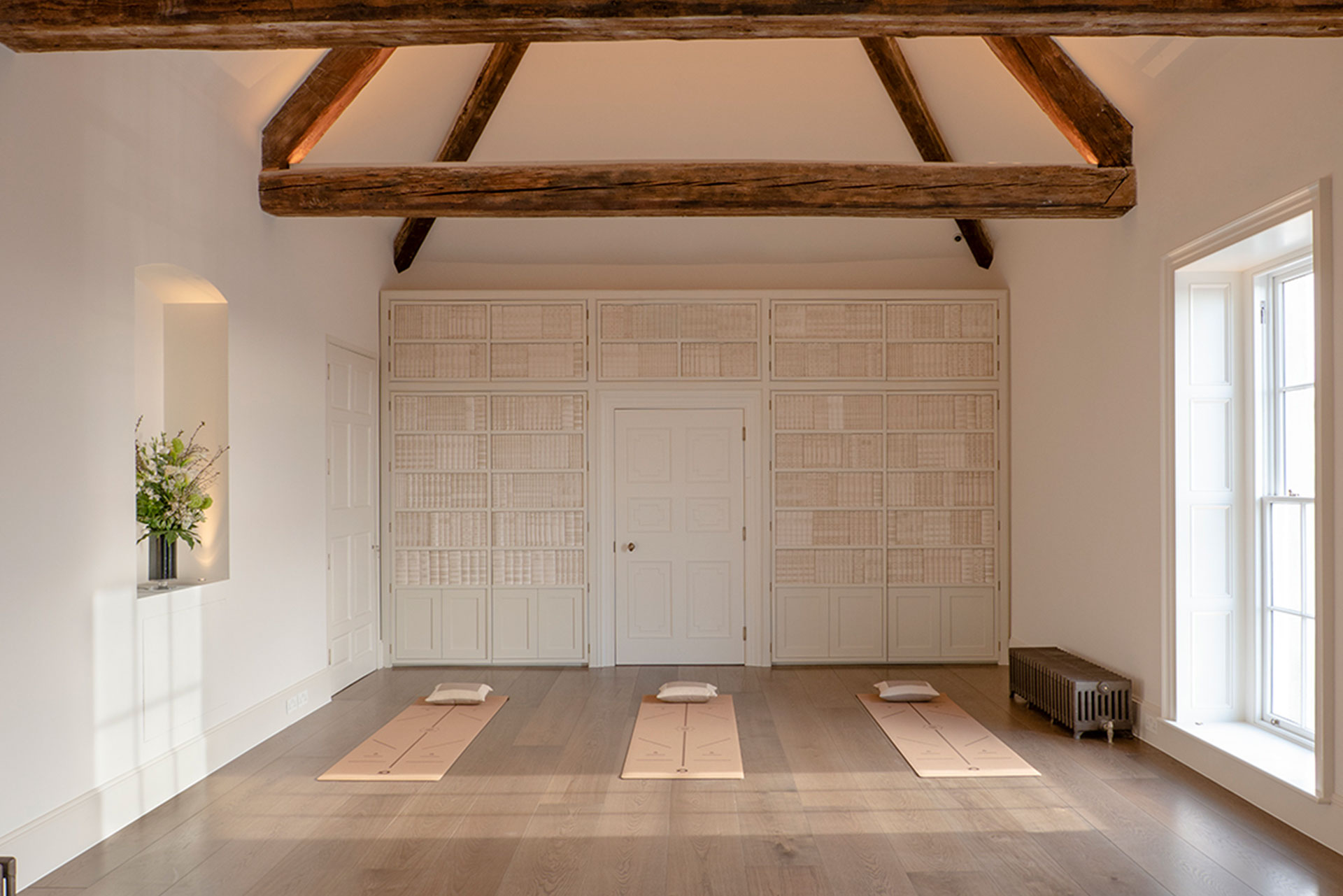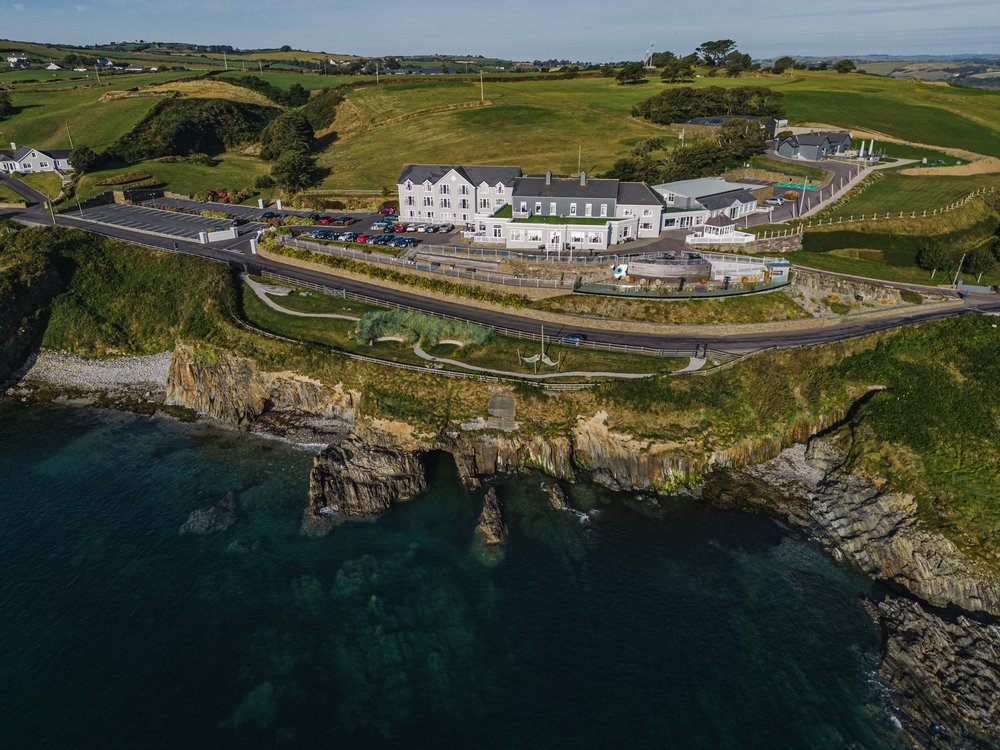Low back pain refers to any pain or discomfort experienced in the low back region. 85% of low back pain can be described as non specific meaning there are multiple factors contributing to it’s existence.
Low back pain usually presents as pain in the back but in some cases the pain can refer down the leg.. It is often debilitating but usually better on waking, worse standing/sitting or during after certain types of activity. Leg pain usually suggests disc involvement or foraminal stenosis (where nerve irritation is due to bone growth rather than a disc protrusion).
MRI’s are useful to rule out serious pathology that would lead to a surgical opinion and consultation. However, your Physio or GP is best placed to decide if an MRI would be helpful for you. Often Physio’s and GPs have enough tools in their assessment to establish what the most likely cause is and the best treatment approach without needing scans or surgical consultations. Occasionally CT imaging may be required for mechanical issues such as a pars defect or spondyloarthropathy which will be picked up by your Physio or consultant during their questioning. 
PHYSIO MANAGEMENT
I will provide a diagnosis and treatment plan by establishing a history of symptoms, use relevant movement and muscle strength tests to identify clinical signs and symptoms, address referral patterns (i.e. leg pain if any), and address any fears and beliefs.
I introduce activation exercises using body weight initially. Key functional movement patterns which might be lost due to pain are coached as preparation for resistance training with weights. Appropriate resistance training is programmed to develop back strength where progressive weights are applied to functional movement patterns. The exercises you are shown are individualised and tailored to meet your requirements and are recommended usually 3 times a week. Clear targets are set with each individual. I generally see an average of 12 weeks pass before resolution of symptoms but only see the patient about 4 times in that period. At the early stages of recovery the exercises can be done at home but in the later part of the recovery gym membership is recommended to have access to quality equipment.
Orla Crosse (MISCP) Masters in Sports and Exercise Medicine, Masters in Physiotherapy
Tel: 087 0977748 Email orla@performanceyoga.ie
References:
O’Sullivan P, Caneiro JP, O’Keeffe M, O’Sullivan K. Unraveling the Complexity of Low Back Pain. J Orthop Sports Phys Ther. 2016 Nov;46(11):932-937.
Bogduk N1 On the definitions and physiology of back pain, referred pain, and radicular pain. Pain 2009 Dec 15;147(1-3):17-9.
Saragiotto BT1, Maher CG, Yamato TP, Costa LO, Menezes Costa LC, Ostelo RW, Macedo LG. Motor control exercise for chronic non-specific low-back pain. Cochrane Database Syst Rev. 2016 Jan 8;(1):CD012004.




